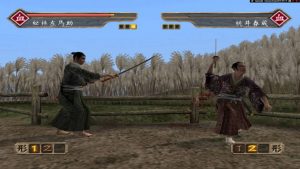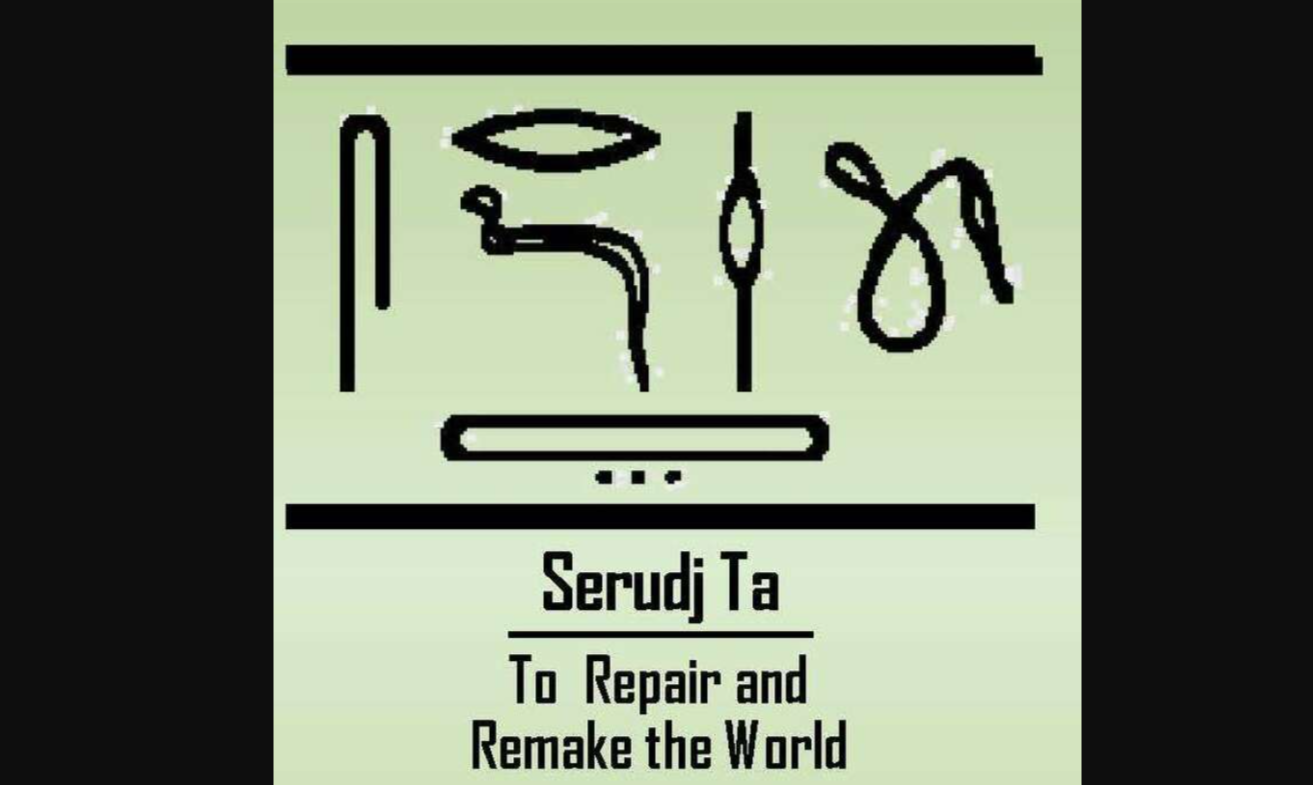(ThyBlackMan.com) Ghosts of Tsushima is looking to be a gorgeous game for PlayStation 4—plus it’s an open-world samurai game? Sign me up! While we’re waiting for Sucker Punch and Sony to drop that, let’s look at five awesome samurai games you can play while waiting for it to release this year.
Onimusha: Warlords HD Remaster (PC/PS4/Xbox One/Switch – Capcom, 2019)
Now, this was a hard one. I would normally say “Play the originals” which are all on PS2 and might be on the PSN. I mean, they certainly should be, these are Capcom classics. However, the remastered version is still worth playing. It covers the first game in the franchise but should’ve technically included the first two games.
Combat in Onimusha is hack n slash with a horror background, so you’re not clashing with other samurai, bandits, and ninjas in feudal Japan. Since this game is a remaster of a PS2-era Capcom game, there’s some solid storytelling here. Capcom really delivered with non-Street Fighter games during this time.
If the three PS2 games in the franchise are too dated-looking or you just can’t find them, the HD remaster is a suitable pick. Onimusha is just one of those games you must have played at least once. Here’s hoping Capcom remasters the other three games.
Samurai Warriors 4 (PC/PS4/PS3/Switch – Omega Force, 2014)
Koei Tecmo’s Omega Force can throw down on a musou game. Is it roughly the same thing each release with upgraded visuals and maps across several franchises? Yes. Is it fun? Hell yeah! While the recent games have drizzled in more strategy, the core gameplay is still the same: slash, slash, jump slash, unleash your musou attack.
Feel free to block if you think it’s necessary but you could honestly slash through opponents like nobody’s business. And oh, how there are opponents to slash through! They just come at you in waves and most of them are weaker, they just have numbers.
That’s one of the selling points of musou games: one against many. Things get hectic when a named general shows up and you’ve got to legit fight them while getting poked by weaker soldiers and juggled by the general. That is if, you said “Who cares about blocking?! Taste my sword!”
This game is all about hack n slash action, big flashy moves, advancing through a laid-out story (it’ll be the same in the next game), and winning that battle for your force. It’s extremely easy to get into and the controls are easy to learn. Of the games on this list, this is probably the most accessible because there’s always a Samurai Warriors game in the PSN store.
If you’d like the Chinese, Three Kingdoms version of this game, find Dynasty Warriors and enjoy. Here’s a tip: I’ve always preferred using characters with swords and claws but the spears are usually the best weapons in these musou games. They have reach and the musou attacks seem to take out more people if your character uses spears.
Nobunaga’s Ambition: Sphere of Influence (PC/PS4/PS3 – Koei, 2013)
This was done by Koei-proper, the Koei that handles simulation/strategy games. Nobunaga’s Ambition is a strategy game where you take control of a clan and run their territory. You’ll have to handle raising troops, improving farmland for your people and troops, commerce, alliances, battles, conquest, and recruiting generals.
This game—and strategy games in general—are for those who really love micromanagement in games. The end goal of Nobunaga’s Ambition has always been the unification of Japan. On paper with no other context, that seems easy enough but this takes place during the Sengoku period and everyone is going at it to improve their holdings.
Alliances are formed and broken and you could get left in the dirt if you don’t seem like a strong enough force to team up with. It’s a really fun title if you want to just burn a lot of hours and prefer games where you have to plan ahead several moves.
Just like Samurai Warriors 4, if you want the Chinese, Three Kingdoms version of this game, find one of the Romance of the Three Kingdoms games in the PSN store.
Way of the Samurai 2 (PS2 – Acquire, 2003)
The first two Way of the Samurai games were PlayStation classics in my eyes. They weren’t Greatest Hits by any standard but you got some fun sword-slashing action in both. Combat in Way of the Samurai 2 is identical to the first with fights sitting in that realm of realistic and arcade-like. Mastering blocking is key—as it should be in any game involving swords.
In the first, you were a wandering ronin who just happened upon the village of Rokkotsu Pass. Now, if you were expecting it to be lively, you’d be mistaken. It’s a basically a ghost town with the Imperial Army trying to force the two feuding clans out.
This one takes place at the trading town of Amahara, so it’s busier. You’re still drawn into conflict and such but you’re given a few more days to enjoy the town and get into things as opposed to the two or three days in the first.
If you dig those old black and white samurai films—the Kurosawa stuff—Way of the Samurai 2 is a faster-paced version of that, story-wise.
Kengo 3 (PS2 – Genki, 2004)
The Kengo series was probably the closest thing we’d get to near-authentic samurai swordplay post Bushido Blade. Kengo 3 mainly focused on going to different sword schools, learning techniques, then defeating the students, the successor student, then the current master.
As far as combat is concerned, Kengo 3 is actually much more straight forward than the first game—which was still pretty simple in execution. Everything was down to timing. You could learn techniques of school and even get their sword but timing was the most important thing here.
Outside of that, you’ll train and go to a place to challenge a school. With enough time, you’ll get to fight before the emperor.
Kengo 3 holds a special place for me because in essence, it’s Bushido Blade only with more going on. If this series was continued today, there would’ve been a lot more going on since it’s a cool concept for a game. It adds that middle part no one wants to think about or play in fighting games: the training part.
Staff Writer; M. Swift
This talented writer is also a podcast host, and comic book fan who loves all things old school. One may also find him on Twitter at; metalswift.
















Leave a Reply